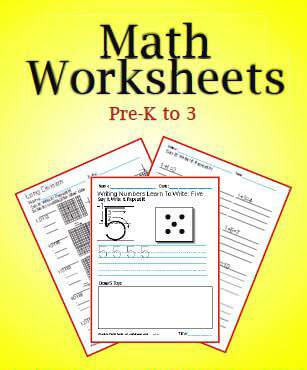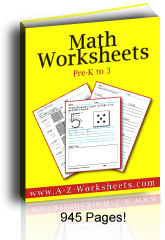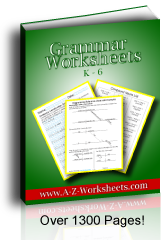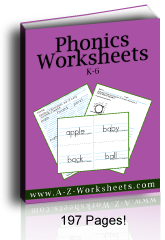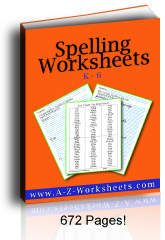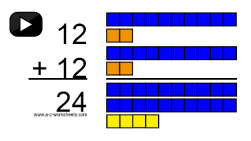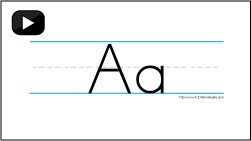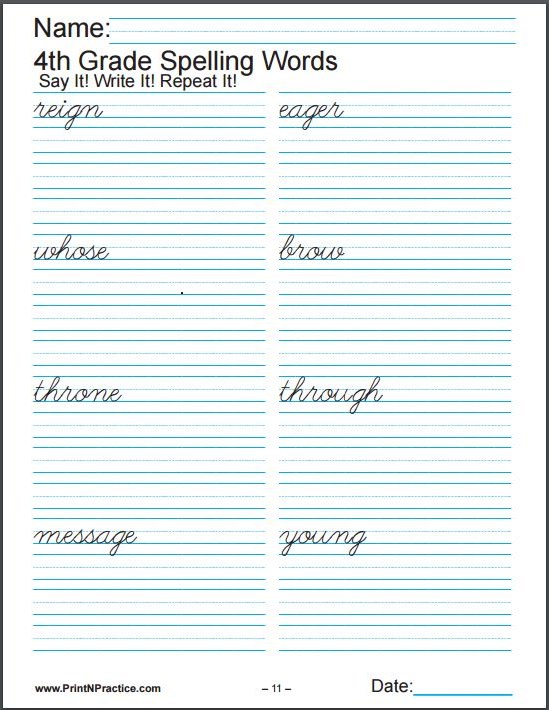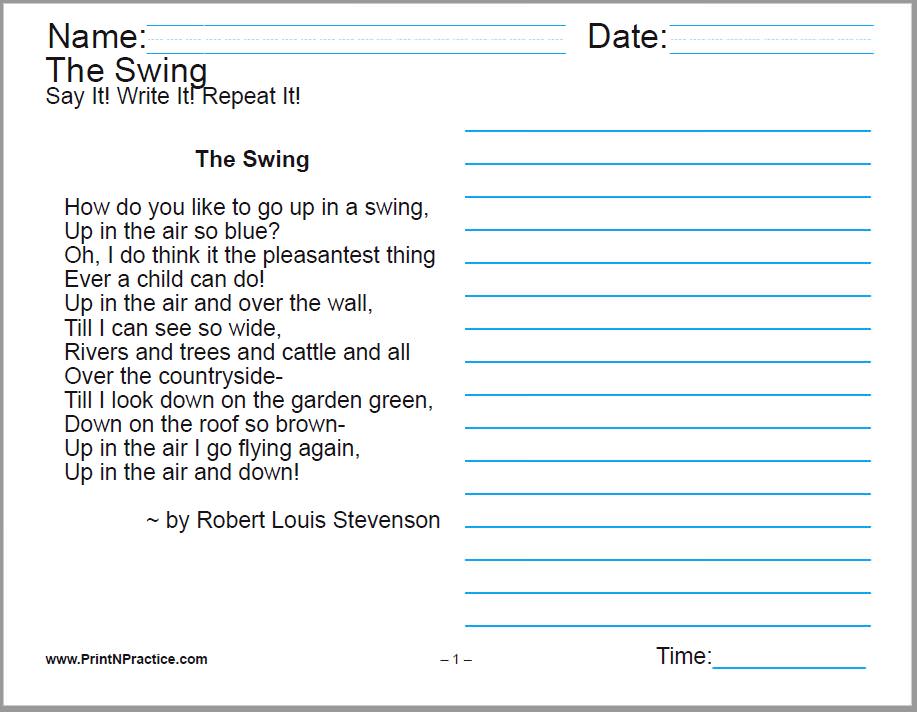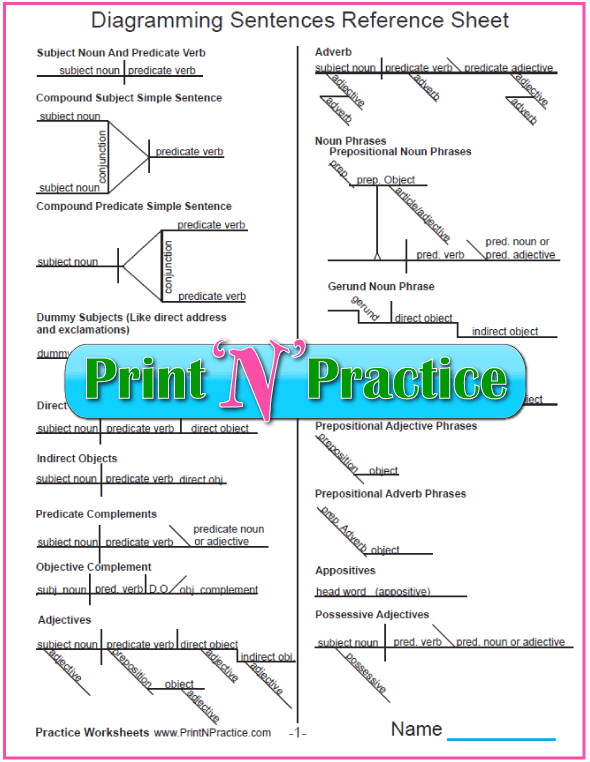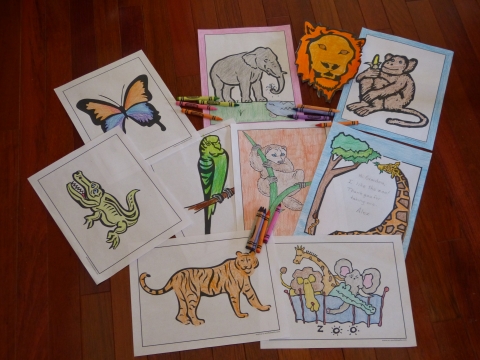- Home
- Math Worksheets
- Multiplication 3rd Grade
Multiplication 3rd Grade Videos
Kids Can Learn Multiplication Fast
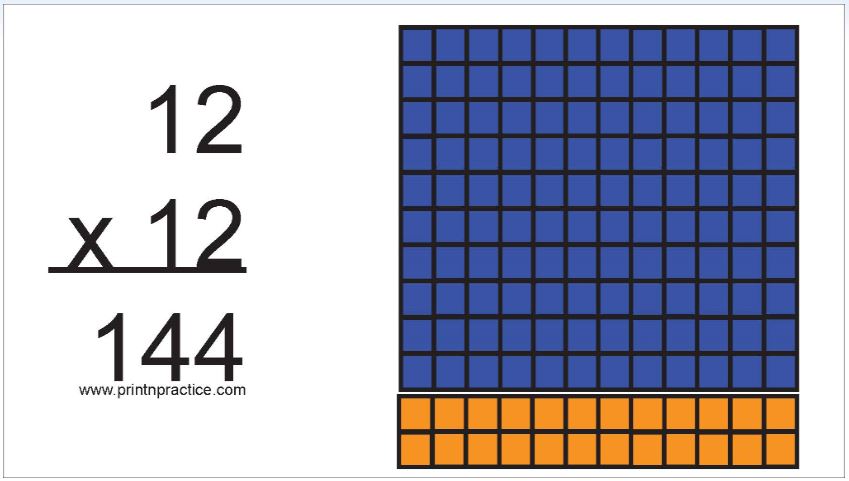 Bookmark or Pin these multiplication 3rd grade videos. Multiplication videos show the right flash card every time!
Bookmark or Pin these multiplication 3rd grade videos. Multiplication videos show the right flash card every time!These professional multiplication 3rd grade videos help children review the multiplication tables on their own.
There are twelve multiplication videos on this page.
Be encouraged to stay in touch! Join my free newsletter....
Join To Receive My Free PrintNPractice Newsletters!
Free Online Worksheets For School, Homework, And Homeschool Practice
Free Online Teacher Resources - Free Homeschool Curriculum
For teachers and parents: PrintNPractice free printable worksheets are all copyright-free, digital activities for students. Use them in homeschool, interactive notebooks for online classrooms, Google classroom, distance learning, tutoring and learning pods, and hybrid school.
- No prep.
- No tracking.
- Self learning.
- Copyright free.
- Lifetime license.
- Diverse learners.
- Easy drill-and-kill.
- Interactive worksheets.
- Printable morning work.
- Paperless morning work.
- Go printable or paperless.
- Stay on track. Summer review.
- Easy elementary school curriculum.
- Remote learning packets or homework.
- Most need no answer key or key is included.
- Videos for audio and visual learners. God bless headphones!
See free teacher and homeschool digital interactive school-at-home learning exercises with no login, no sign-up, no voucher, no account, and no credit card. Loads of digital activities for device-based learning. As seen at TeachersPayTeachers.
Here are some good ideas for using PrintNPractice YouTube videos.
First, they are coded for your convenience so that:
- They offer a next video link at the end for you to click to the next table when your student is ready for the next table.
- There is a subscribe link in the bottom right.
- Only PrintNPractice video links show after the video.
Bookmark these multiplication 3rd grade videos by hitting Ctrl+D or Command+D on your keyboard.
Show the videos on a phone or tablet.
You can use the Replay button in the bottom left of the black bar to restart the same video for repeat memory work.
Second And Third Grade Multiplication Videos
When children learn the lower tables: 0s, 1s, 2s, 3s; they'll already know what they'll need to know with the higher tables as with the 10s, 11s, and 12s. It is so nice to be able to encourage them that it really does get easier.
Teach the equations in order first and practice with skip counting from a chart and then by heart. Saying the times tables out loud is best.
Learning the multiplication tables is necessary before one can easily figure making change or learning time. Knowing how to skip count by fives makes learning to tell time easier.
2nd Grade Multiplication: Multiplying By 1
Multiplying a number by 1 is not really multiplication.
If your students are confused, be sure to show that in this case multiplication is really identity. It's one of a number.
Once the children make the association that "A number times one is itself, 50 x 1 = 50, a billion times one is a billion..."; it is fun to learn that the big numbers obey the same rules as the little numbers.
Use Teacher, Tutor, Parental Guidance With YouTube Videos
Replay ^
2nd Grade Multiplication: Multiplying By 2
Learning the twos is often easy and fun if your students have been skip counting by two. They recognize the numbers much more easily than most of the rest of the times tables. Have your students drill the answers to all twelve equations in learning order and practice skip counting the two times table out loud from the multiplication chart at the top of our practice worksheets.
Learning the twos is also a great time to introduce the even numbers if you haven't already. Done? All the better. You can teach that all the numbers that end in even numbers are multiples of two. Zero, two, four, six, eight! Who do we appreciate?!....
Pennies make easy manipulatives because you can slide two pennies with two fingers in one move. Slide them into columns of ten and you can teach sets of ten in the same lesson.
Replay ^
Multiplication 3rd Grade: Multiplying By 3
The threes are the first set of multiplication 3rd grade tables. Most children learn the 1s, 2s, and 5s in 2nd grade.
Pennies are very handy for teaching the threes because they're still easy to manipulate with one hand into piles of three. Slide them into dozens and start the associations with the higher tables.
The threes and the fours are sometimes the hardest tables for children to learn so it is good for them to simply train their brains by practicing the tables several times.
One of the trickiest for many children to learn is 3 x 4 = 12. Why? I have no idea, but I've even seen this caution in Math text books. Don't point it out in class or it will become even harder!
Replay ^
Multiplication 3rd Grade: Multiplying By 4 Video
3 x 4 = 12 is also an equation in the fours table but the children learn it from the other perspective of 4 x 3 = 12. I have no advice here but practice.
The fours are like the twos in that they are like the doubles of the twos and some children pick that up quickly.
Replay ^
Multiplication Video: Multiplying By 5
Multiplying by five is easy once you've learned to skip count by five. The fives also make learning to tell time easier since the other factor names the numeral that the minute hand indicates.
Learning the fives also is helpful when learning about nickles when counting money. Be sure to see our coin and money worksheets if you want to incorporate these in your class.
Replay ^
Multiplication 3rd Grade: Multiplying By 6
If the children can see half dozens, they can see a reason to skip-count by six.
I like to have a dozen and a half egg carton to show 18 toy Easter eggs. I like to have enough of each color to teach the multiplication table of the day.
If I am teaching the twos, I like to have two of each of nine colors.
If I am teaching the threes, I like to have three of the same color for six colors. Same with the fours.
For teaching the sixes, having six eggs in three colors shows the children "at a glance" that three times six is the same as eighteen. Awesome manipulatives.
Replay ^
Multiplying By 7: Multiplication Video
Seven Swans a Swimming! What else comes in sevens? In the spiritual world there are many things: seven capital virtues, seven capital sins, seven sacraments, etc.
I can't think of much else that we count in sevens. Plain skip counting can be a help, but I find that it really helps to have something to count, since multiplication is "fast addition".
My favorite way is to use Math manipulatives for counting. Several companies color their seven block a vanilla color and one teacher calls it "sevanilla": 7, 14, 21, 28, etc.
At least this the blocks are a natural item to "count" for those who are beginning to learn the sevens times table.
Replay ^
Multiplying By 8 Video
Skip counting by eight is hard, but by your time students have learned the other multiplication tables this far they have learned most of the eights table, too.
At least all of the numbers will end in even numbers.
This is true for the sevens and the nines, too. Have your students drill the answers to all twelve equations in learning order and practice skip counting the times table out loud from the multiplication chart.
The more practice the better and the more involvement the better. If they repeat after you, or say it while they write it, they'll learn the multiplication 3rd grade facts faster.
Replay ^
Multiplying By 9 Math Multiplication Video
Using a multiplication chart is a great way to see the relationship between the different multiplication tables.
One of our own children finally "got it" by the time a year or two passed even though he couldn't memorize the tables very well at the beginning. Later, in high school he knew his tables, no problem.
Counting by nine is a trick, but if your students already know all the tables to eight they know most of the nines already. Let them know this and they are greatly encouraged!
Be sure to show them the trick of writing the numbers 1 through 8 down a column and back up another to double check their answers for the nine times table.
This is a fun trick for them to see, too, and they can see it on the chart if they look down the nines column. It works best to see it in a column but it's true across a row, too.
Replay ^
10 - Tens Multiplication Table
Just put a zero behind the number!
That's it. The tens are easy.
20 x 10 = 200, 400 x 10 = 4000, 777 x 10 = 7770
I like to associate using dimes to multiply by ten. The same works with ten dollar bills, but I usually do not have many of those on hand. :-)
Replay ^
11 - Elevens Multiplication Table
Multiplying by eleven is easy up through the numbers nine or ten. It's fun to see how easy the elevens are after learning the tens times table.
All of the numbers are simply written twice one through nine.
Replay ^
12 - Twelves Multiplication Table
The twelves represent dozens. Somehow skip counting by twelve is about as easy as skip counting by twos. 12, 24, 36, 48, 60... The first four simply move up ten and two. It's more sing-songy so it's easier to memorize.
It's very important in our culture to know what dozens are since so many products are sold in sets of a dozen. If we buy eggs we buy them in dozens or half dozens. One and a half dozens are 18. Two dozen are 24.
What Is A Gross?
Also, it's good to teach that twelve dozens, or twelve times twelve, is a gross or 144.
Items like bulk goods are sold by gross because boxes stack nicely three one way times four the other way, etc. Firecrackers are often sold in a gross.
Replay ^
Use These Multiplication Videos With Our Fun Multiplication Worksheets
I hope you enjoy our multiplication 3rd grade videos.
If you have a chance to let your friends know, I'd sure appreciate it. For more practice you'll like our printable:
- Practice Multiplication Worksheets
- Printable Money Worksheets
- Printable Clock Worksheets
- Division Worksheets
- Division Videos
- Addition Worksheets
- Addition Videos
- Subtraction Worksheets
- Subtraction Videos
Thank you for visiting and sharing our multiplication 3rd grade videos!
Buy Our Math Worksheets Bundle And Save Time!
- 945 PDF Math worksheets.
- Buy K-6 in one digital download.
- No ads.
- Filed by topic.
- Interactive. Printable.
- Use with any Math Lesson Plans.
- Addition, Subtraction, Multiplication, Division and Fraction Practice.
Buy PDF Kids Printable Worksheets Organized By Topic In Complete Digital Bundles Or Learn More Below.

Mary Fifer, BSBA is webmaster, author, and researcher at PrintNPractice.com. She has created elementary school practice exercises using printable or digital interactive worksheets. Perfect for today's teachers, tutors, homeschoolers, and students!
Thank you for visiting and for sharing. :-)
Be encouraged to stay in touch! Join my free newsletter....

